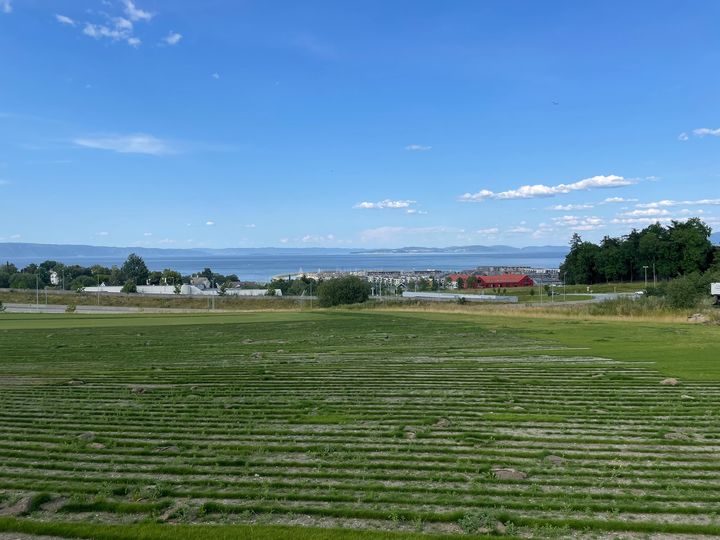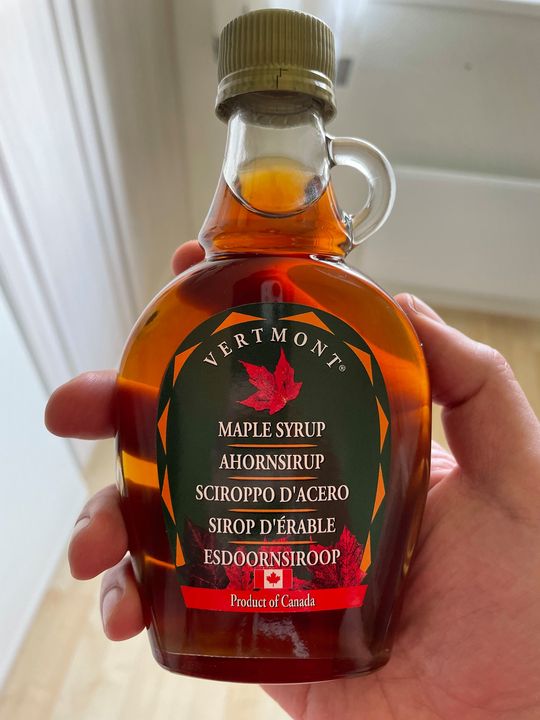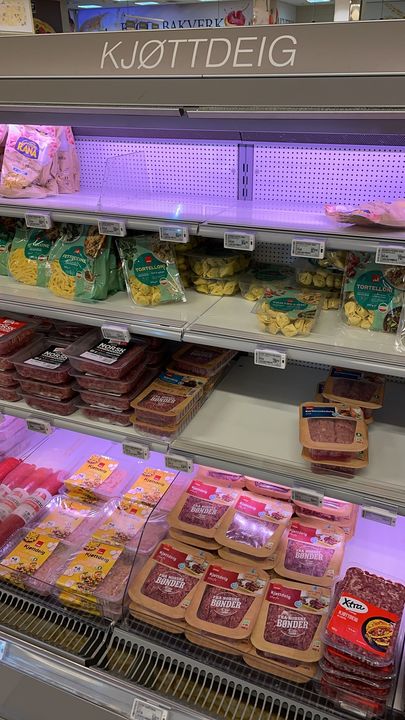Many things in my journey to Norway have required copious amounts of paperwork. Applying for residence permits, importing a dog, flying to Oslo, quarantining, COVID testing… everything required a passport scan or a letter or something. Most of this paperwork has sat, perfectly organized, in a thick black binder that I packed before leaving the US. It seems that most places require the paperwork, but don’t actually check any of it, and just trust that the person has done the right thing.
The bank is the only place where this is not true. They actually found some discrepancies – in some places, my middle name is used, in others, not. I had to show my passport, and the letter from the Norwegian government specifying my fødselsnummer, which is kind of like a social security number. I had to give my phone number and email address, and I had to wait and come back to the bank a few days later after my documents and identity were verified. Once this process is complete, I can essentially use my bank account to log into anything in Norway, so I understand the security measures, but they can be frustrating.
And there’s a lot of waiting. Due to the combination of COVID restrictions limiting the capacity of the bank offices, and July being a popular vacation month, the lines at the bank have been long and the few remaining staff are overworked. On one visit to the bank I overheard a Latin American family using a combination of broken English, fluent Spanish, and someone on speakerphone who spoke Norwegian, trying to open a new account, with a very patient but obviously tired bank teller.
Another visit might have taught me some Norwegian curse words had I been paying closer attention. I was let into the bank to sign some paperwork. When I entered there was one more customer waiting in the middle of the lobby, arms crossed, obviously agitated, waiting for someone. The lobby is capped at two customers, so a line begins to form outside. While a bank worker is preparing my paperwork, another bank worker talks to the waiting man in Norwegian. The conversation gets louder and faster until finally the waiting man throws his hands up in the air, yells something involving the name of the bank, and tries to storm out the door.
The funny thing about most Norwegian doors is that they usually lock in both directions, and you have to push a button (a “døråpner”) to disengage the lock so you can leave. So the man slams into the door, which refuses to budge. He realizes his mistake, jabs the døråpner with his left hand, and tries again to leave, but there’s often a delay of a second or two before the døråpner actually opens the door. So he again fails to storm off. The bank worker politely smiles and holds the døråpner for him so that on his third try, he is able to leave the bank, looking a bit sheepish.


